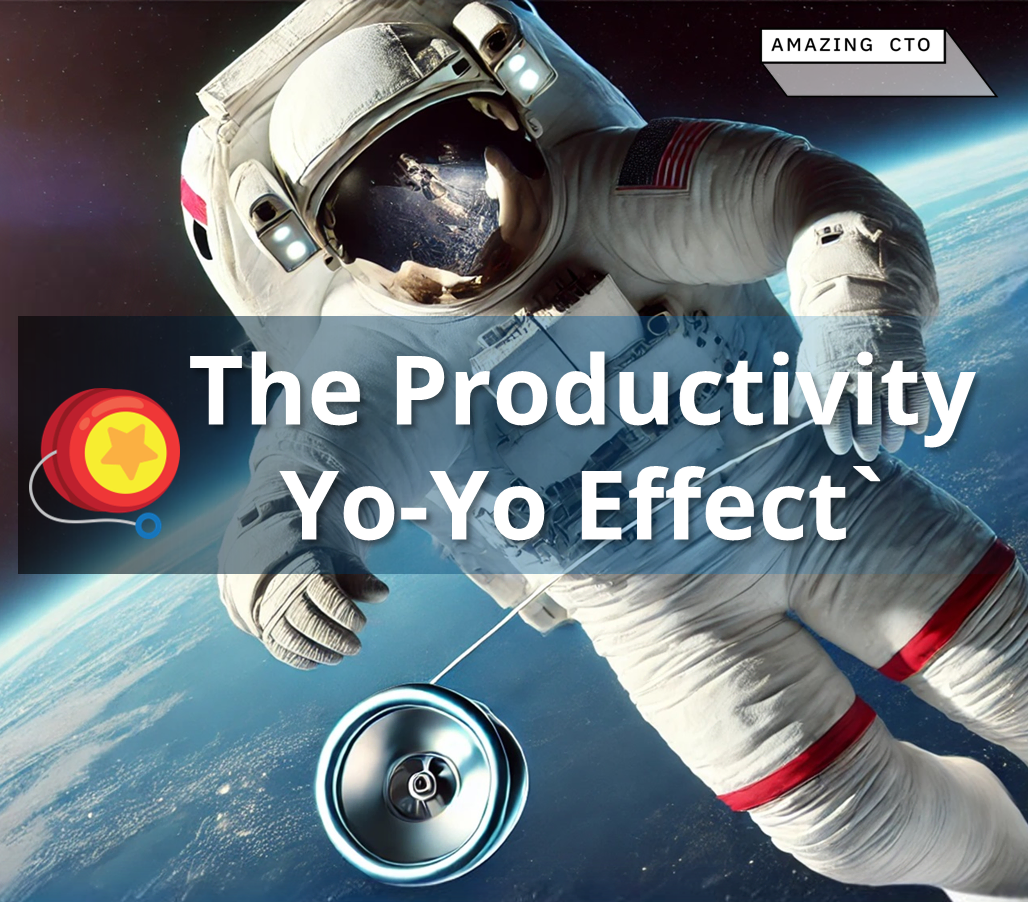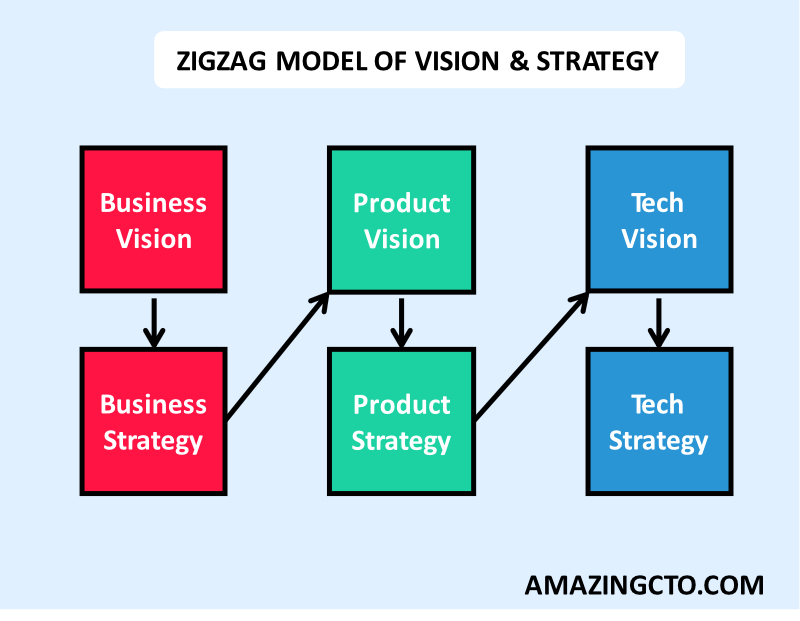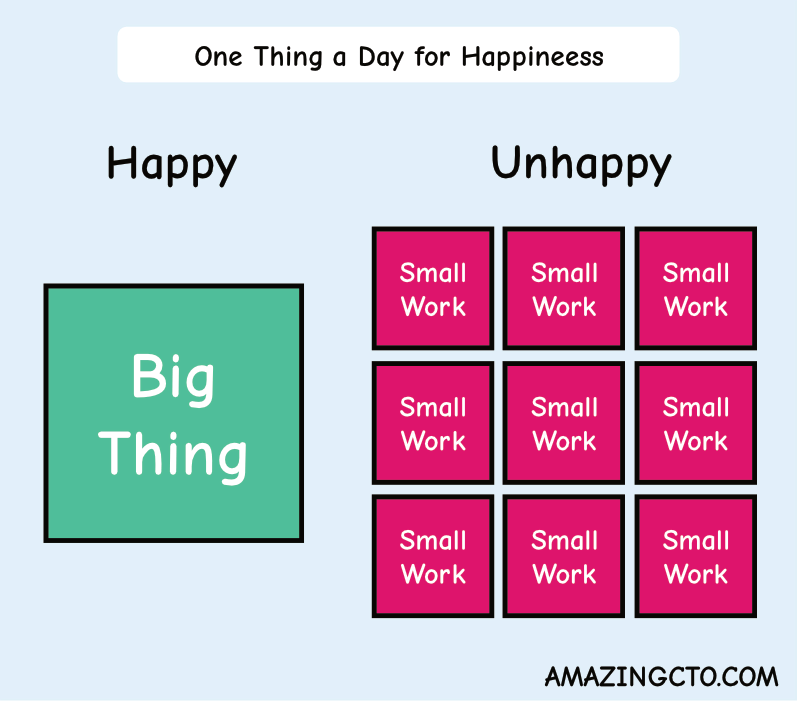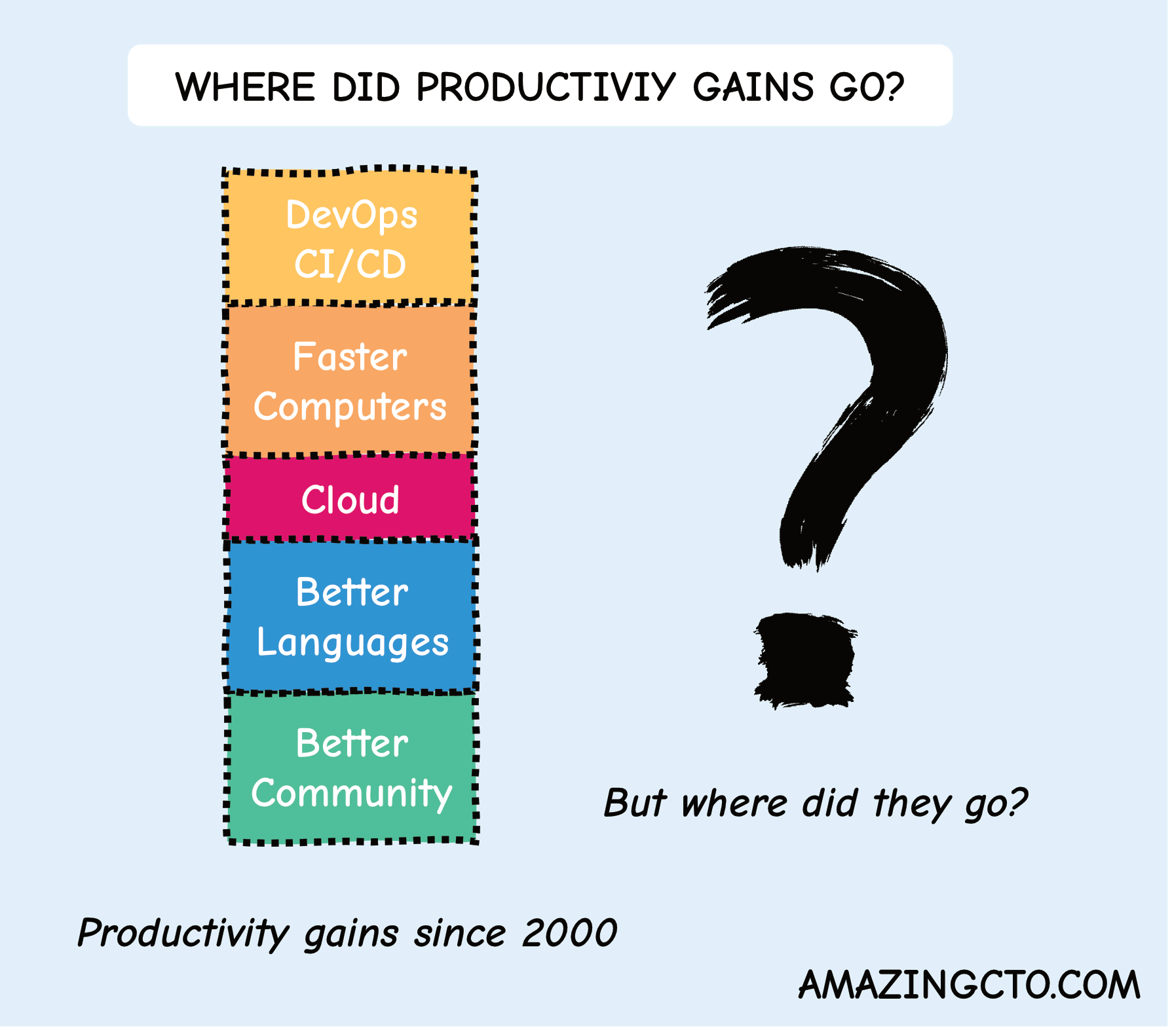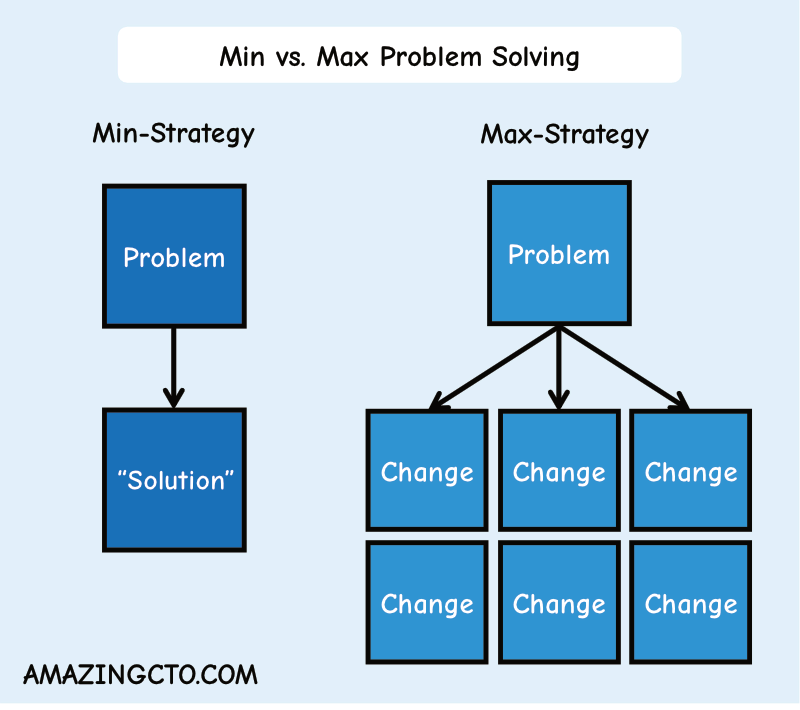
Stephan Schmidt
✨ Min vs Max Problem Solving
Why you solve problems the wrong way as a manager
I often think in terms of Min vs. Max problem-solving. What is this?
What most managers do is Min problem-solving. They do the minimum number of things to solve a problem. Mostly because they are already stretched, they have too many things to do, the budget is limited etc. They are driven by constraints and assume that the Min strategy to solve a problem is the best.
This is illustrated by the belief of root cause analysis. You find the root cause of the problem, solve it, and the problem goes away. The good thing about root cause analysis is that you dig deep and don’t fix symptoms. The bad thing, you try to fine the ONE THING that solves everything.
In reality, the problem with this is simple: A problem—especially a crisis—arises from several things going wrong. Your database is down, no problem. Your fail-over does not work, no problem. Your database is down AND fail-over does not work results in a crisis. It’s easy to not solve the problem. It’s easy that if you solve one thing of the problem, you only solve one part of the problem. Either there are more parts to the problem or with some probability, you’ve solved the wrong part.
In this case, the problem does not go away. And I see managers who are overwhelmed by trying to keep too many balls in the air. They solve a problem, then another problem, then another one, in constant activity. But then the first one comes back. But they already are fighting with problems, no old ones are reappearing. Even more balls to juggle. Overwhelmed and exhausted, they’re unhappy, unmotivated and either run into a burnout, drop out of the job or get fired.
The solution to this is Max problem-solving. The idea is to solve a problem in way to keep it away and not come back. This is especially important for startups. Over time, this reduces the managers load significantly. Go away, stay away.
How can you implement a Max problem-solving strategy? You think about everything that might help solve the problem. You throw out the stupid ideas and implement the rest. The goal is to solve the problem in a away it stays away, not to solve the problem with the most minimal effort.
One example is root cause analysis of incidents. You dig deep through the layers of people, technology, processes, values and culture. On each layer you identify the mistakes and solve all of them. This way the incident and all similar ones will stay away.
Another example is quality. CTOs who have too many bugs might think: We need more tests. That is the Min strategy. The Max strategy is to create quality awareness, write more tests, repeat your quality expectations, put quality in the culture, introduce a bug process (and close many bugs instead of fixing them!), write better user stories, have deeper requirements engineering etc.
With a Max problem-solving strategy, problems stay away and don’t come back. Then instead of juggling more and more balls, you can concentrate on one thing and not be overwhelmed by the avalanche of reappearing problems.
